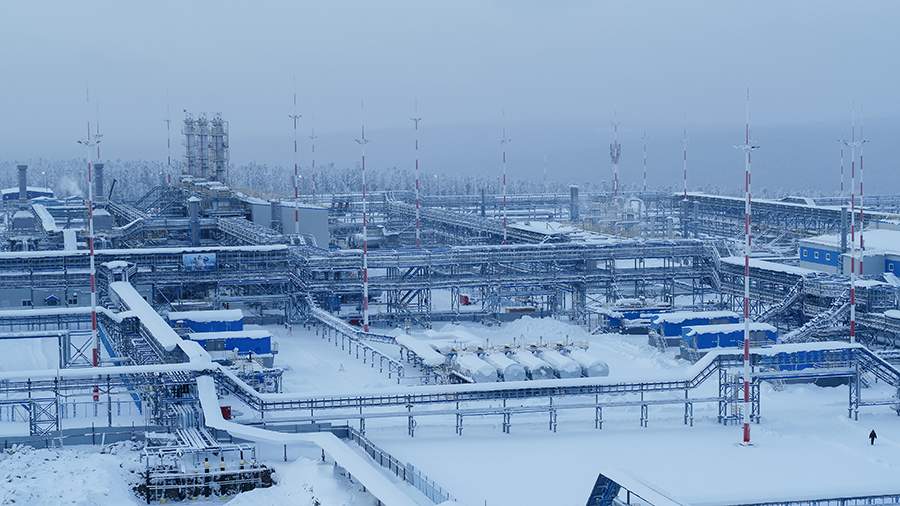
Europe still dependent on Russia urea for fertiser production
By Rhod Mackenzie
Because of high gas prices, European companies have sharply reduced or stopped fertiliser production. And while Gazprom's supplies to the region have fallen, exports of nitrogen fertiliser from Russia have risen sharply - up to a third of all imports to Europe. The Norwegian chemical giant is sounding the alarm that the EU has fallen into a new dependency that threatens food security.
Declining Russian gas supplies to Europe and rising fuel prices have hit Europe's energy-intensive fertiliser industry. And now companies from Russia are entering the market and increasing exports to the EU.
"Fertilisers are the new gas" - said Svein Tore Holseter , CEO of Norwegian group Yara, during the presentation of its first quarter results, reports Chemical & Engineering News (C&EN).
"At a time when raw material sanctions and price pressure are doubling the pressure on European industry, Russia is gaining market power. This not only jeopardises European industry and the transition to a green economy, but also makes European food production more vulnerable," said Svein Tore Holseter.
C&EN cites Eurostat data showing that Russian urea supplies have increased from 1.1 million tonnes in 2021 to more than 1.5 million tonnes in 2022 and 2023.
"A number of European urea and ammonia producers have closed or reduced plant capacity due to high natural gas prices. For example, in 2022, CF Industries will close its ammonia plant in Billingham, UK, and BASF and Yara have reduced ammonia production. High gas prices continue to be a problem for the German chemical sector, according to the German Chemical Industry Association," C&EN reports.
Yara's largest plants are in Norway and the Netherlands. According to the company's quarterly presentation, the average gas cost for its European plants was $870 per thousand cubic metres in the first quarter of 2023 and $415 in January-April 2024. In 2021 and earlier, they were below $250-$300.
In its first-quarter report, Yara says it is restoring urea production, increasing it by 40% year-on-year to 1.16 million tonnes in the first three months of this year. At the same time, deliveries to Europe increased by almost 3.5 times - to 275,000 tonnes. Yara notes that profits have fallen, but this is due to a fall in world prices.
It is obvious that in this situation the Norwegian company does not like the competition from Russian urea, which is not subject to any sanctions and is very competitive even in the US, where gas prices are comparable to Russian ones.
According to AIS data from ships and export-import invoices published by ImportGenius, supplies of urea from Russia to the US are stable. In May, for example, American company Eurochem North America received 31,000 tonnes from Novomyssk Azot in the Stavropol region. And ECO Fertilizers through the Chinese Xin Yu (Sanya) International - more than 7 thousand tonnes. At the same time the tanker Avenca, operating on the line for delivery of urea from Russia to the United States, should arrive there with cargo received in St. Petersburg on May 24.
Energy expert Alexander Sobko notes that there is logic in the Norwegian Yara boss's statement.
"In the sense that prices for urea and nitrogen fertilisers generally correlate well with world prices for natural gas. At the same time, fertiliser exports do not have the well-known difficulties that gas exports have had to face," he says.
However, the expert points out that the volumes of such exports are incomparably smaller than even the current volumes of gas exports.
"The EU imports about 3 million tonnes of nitrogen fertilisers from Russia, and their production requires no more than two billion cubic metres of gas. Obviously, such volumes of gas cannot compensate for the volumes of former gas exports. The potential for growth is also small, as the fertiliser sector generally uses small amounts of gas for production in relation to energy consumption," explains Alexander Sobko.
